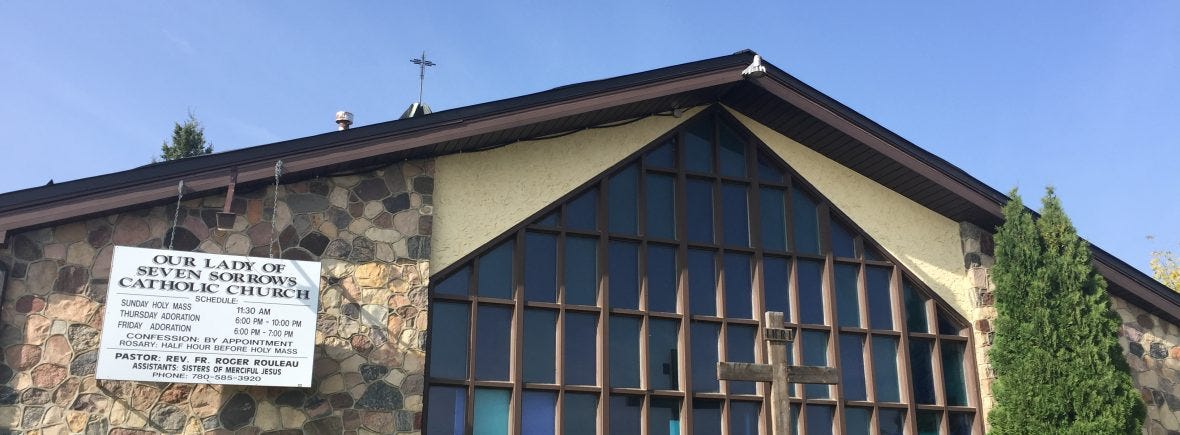When Pope Francis arrives in Canada next week, the first official stop on his itinerary is the community of Maskwacis, just south of Edmonton, where the pontiff will visit the site of a former residential school and meet with communities who have been impacted by these schools and their legacies.
Pope Francis wi…

